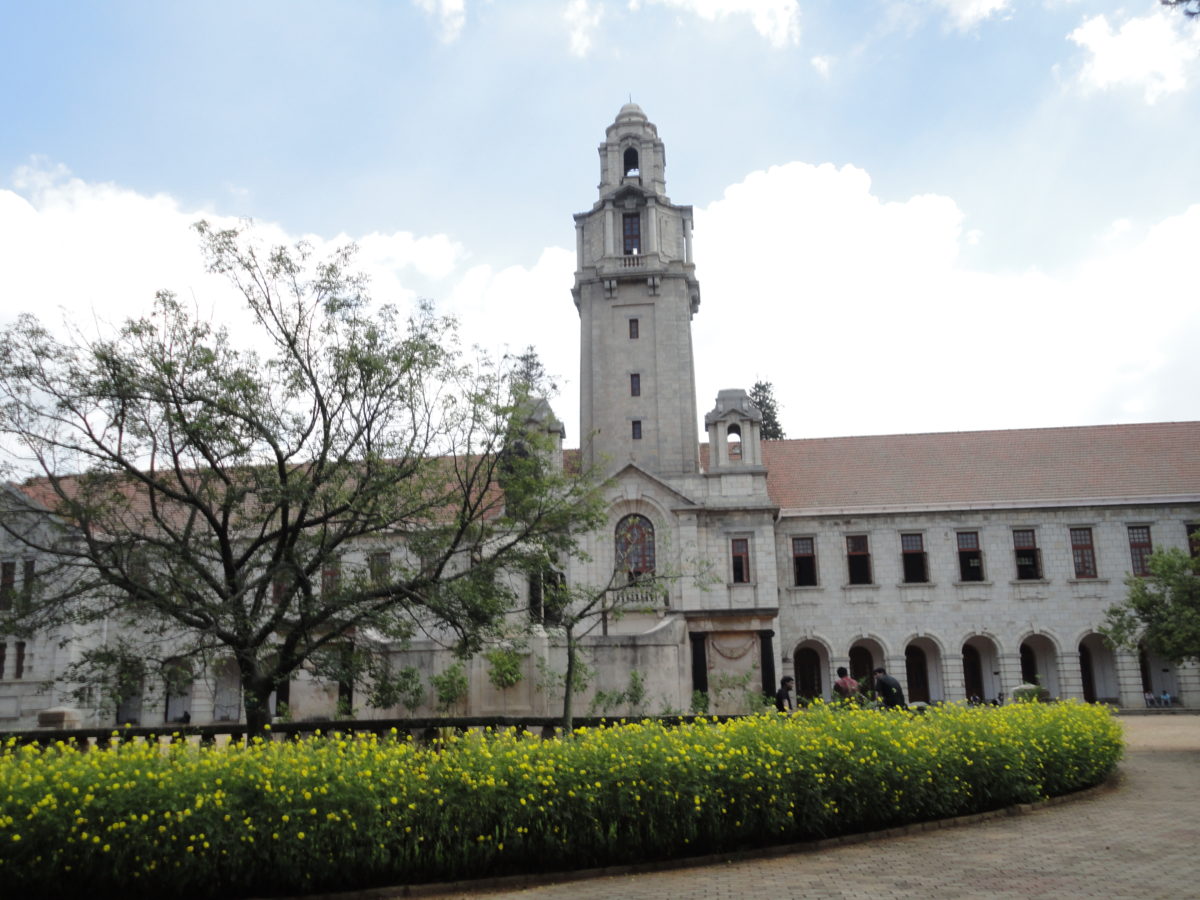A supercritical carbon dioxide is a fluid state of carbon dioxide where it is held at, or above its critical temperature (304.25 k/ 31.10°C) and critical pressure (72.9 atm / 7.39 MPa / 1071 psi). A Brayton cycle is a thermodynamic cycle that describes the working of a constant pressure heat engine.
In the supercritical state, carbon dioxide expands like a gas with the density of a liquid, thus pumping power needed for the compressor is reduced significantly. Combining the supercritical carbon dioxide and Brayton cycle would dramatically increase the energy conversion efficiency.
The research group at Interdisciplinary center for energy research (ICER) at IISc. Bangalore has set up a S-CO2 Brayton cycle based solar thermal test loop at the laboratory scale. The group has also developed thermodynamic cycle designs, heat transfer and fluid codes for designing the test loop.
Thermal Power plants use steam to generate power, but with supercritical CO2 which is a working fluid, rather than steam it could generate more power. Efficiency could be increased by 50 % or more.
Indian scientists have developed this technology that would help generation of clean energy from power plants including solar thermal. This next generation technology has been developed at IISc. Bangalore.
The technology developed is the first such technology, and a test bed of India for next generation, efficient, compact, waterless supercritical loop for power generation. This is the first technology of test loop coupled with solar heat source in the world.
The energy needs of the country are rapidly increasing. India is aiming for renewable energy generation of 175 GW by 2022, for clean energy production. Now this research and early stage developments of the technology would be beneficial to meet the energy demands of the country.
Dr. Harsh Vardhan, Science & Technology Minister, inaugurated the facility. He said,” I am sure all these intense scientific efforts and collective endeavors would enable us to realize the vision of affordable, efficient, compact and reliable clean energy systems which will be robust and suitable in diverse geographic conditions. We will be facilitating all such efforts and complementing and supplementing both in terms of technical knowledge and finances, wherever required.”
He further added that this breakthrough research would be a game changer to meet the energy needs of the country, with higher efficiency and capacity, and low operating costs and size. This development will result in demonstration of state of the art tool, techniques and product which are of critical importance for our energy security.
The Supercritical Carbon dioxide Brayton cycle test loop facility is already being identified as a national initiative for development of next generation solar thermal power plants. This would give India the opportunity to become a world leader in the technology and also fulfil one the objectives of National solar mission.
This content is protected by copyright and may not be reused. If you want to cooperate with us and would like to reuse some of our content, please contact: editors@pv-magazine.com.








Three cheers to IISc Bengaluru. Very few institutions like IISc in India are engaged in research and are doing excellent work. Our Industry leaders and Universities should provide the facilities and encourage the younger generation for research-which would benefit the country immensely.